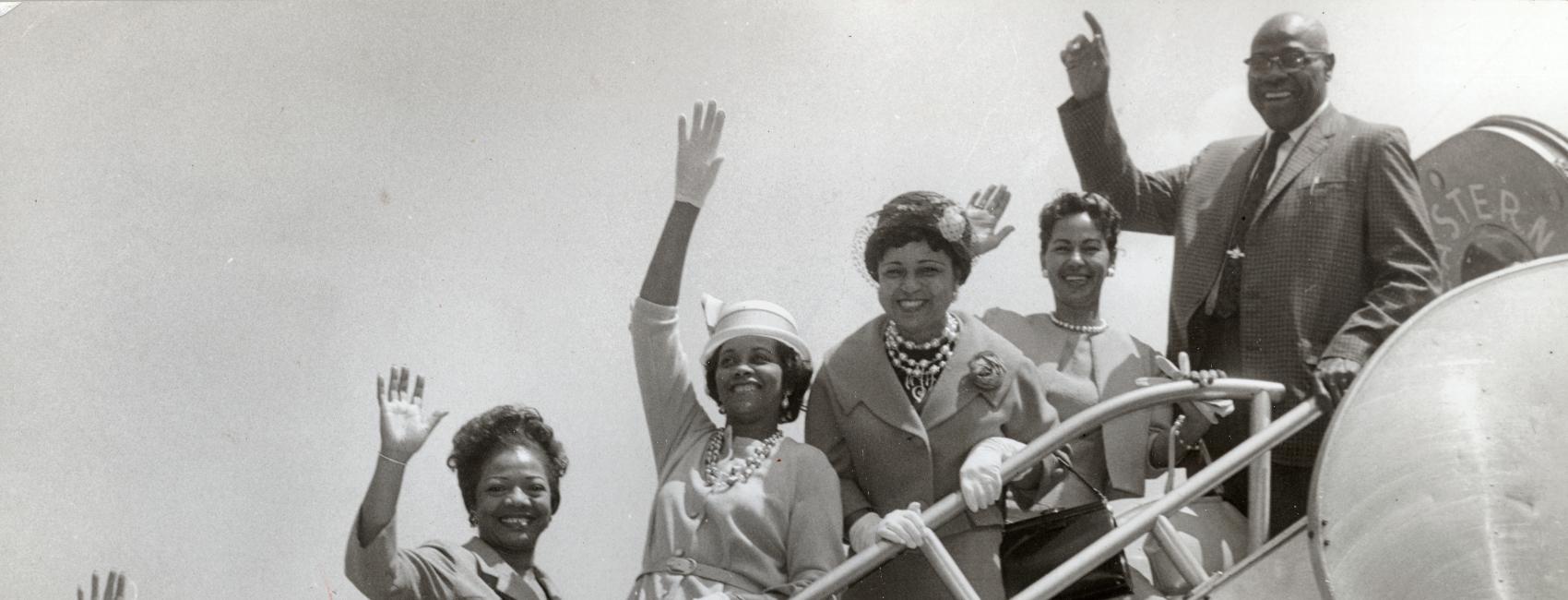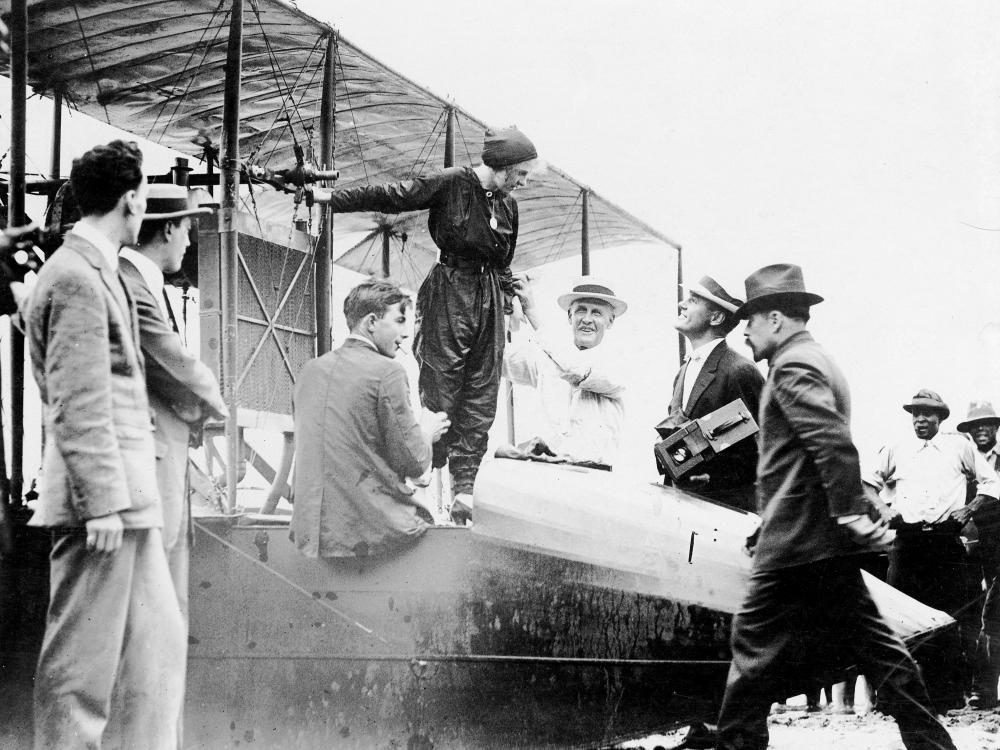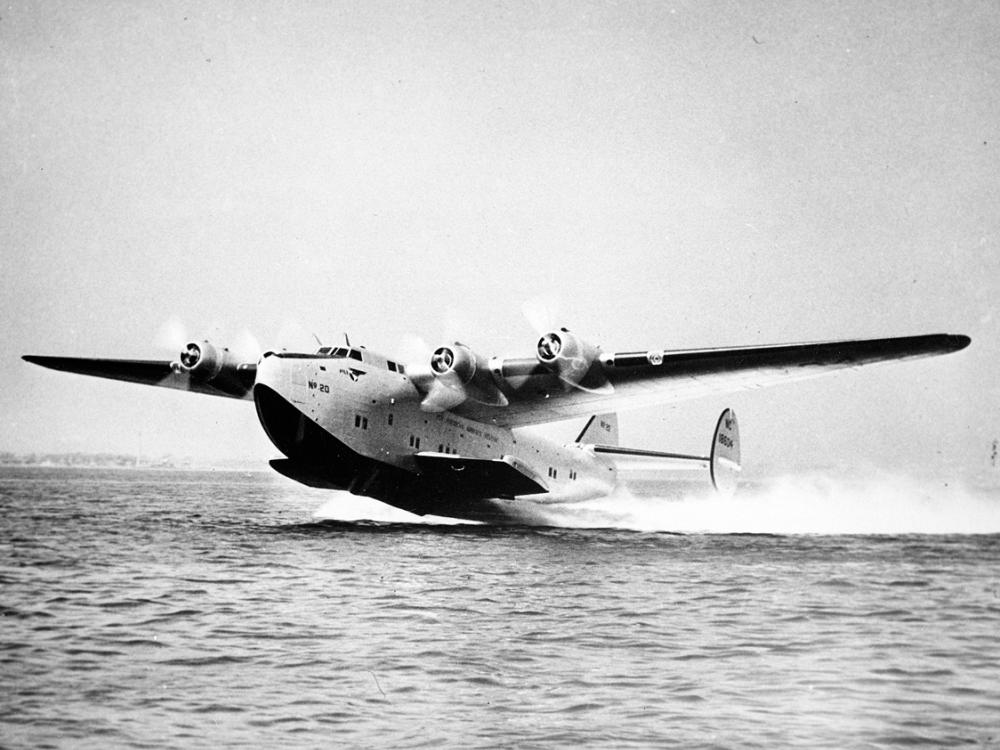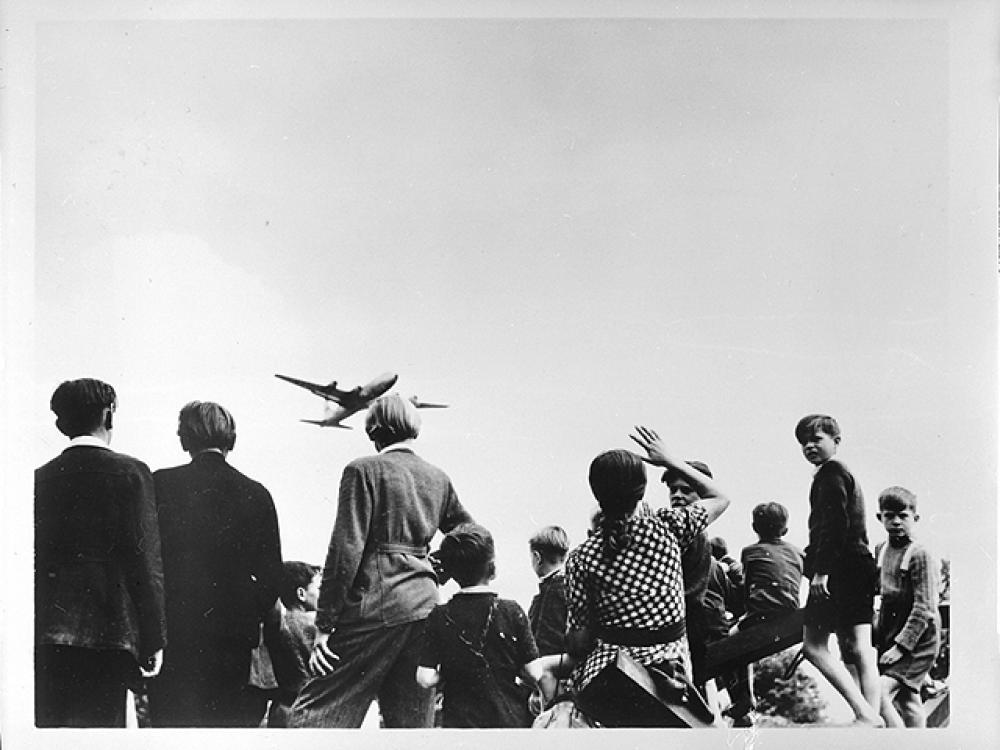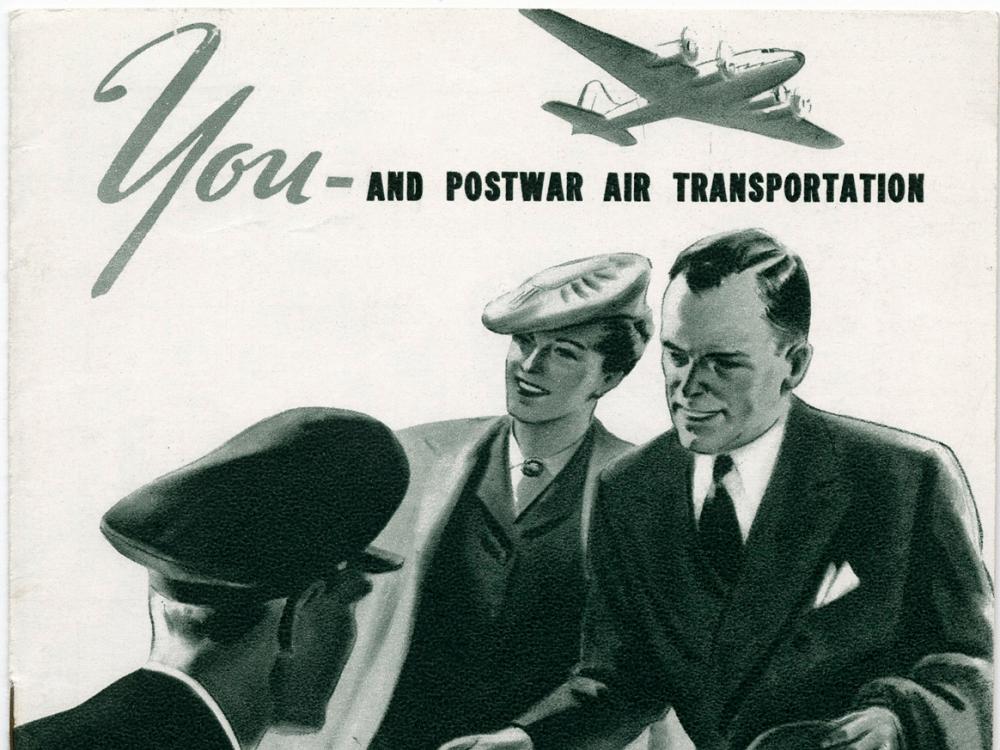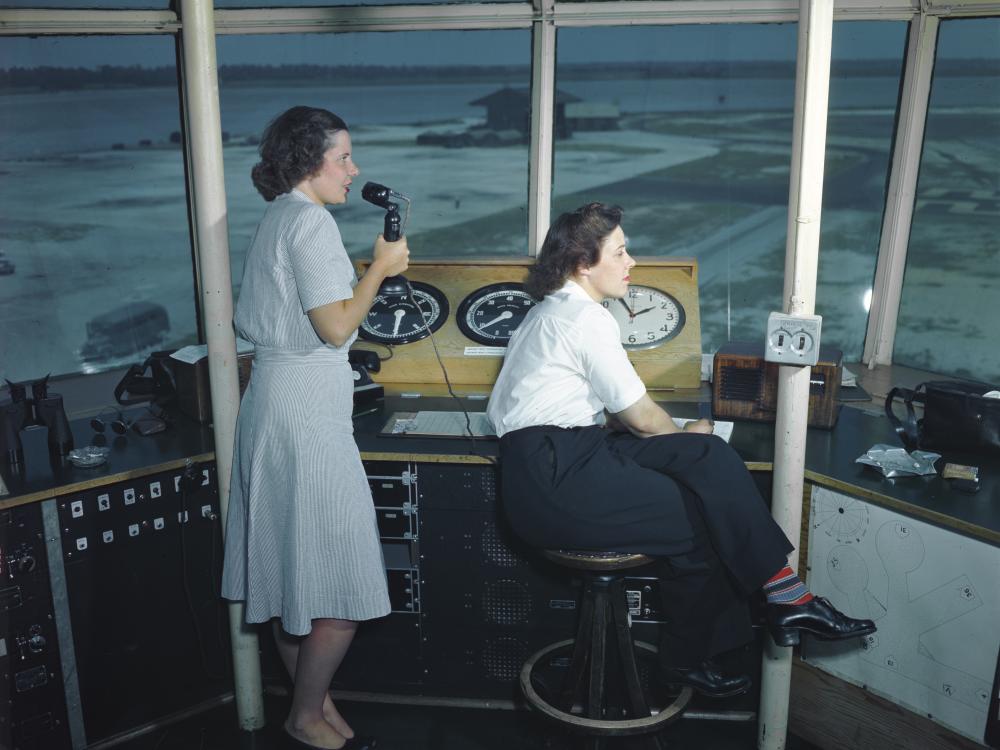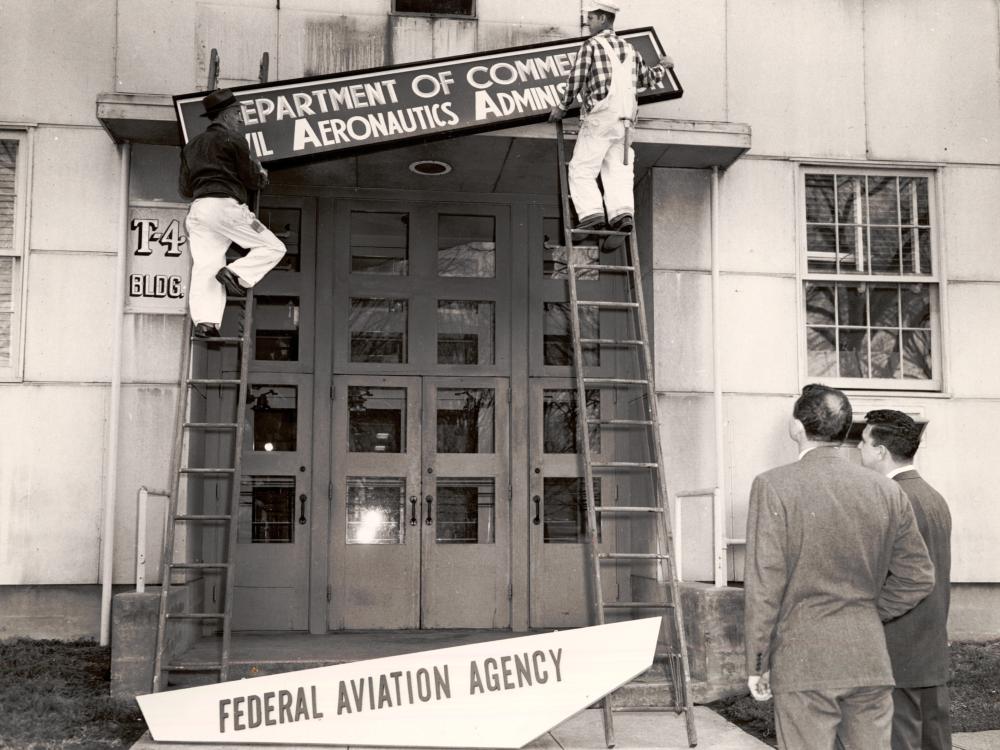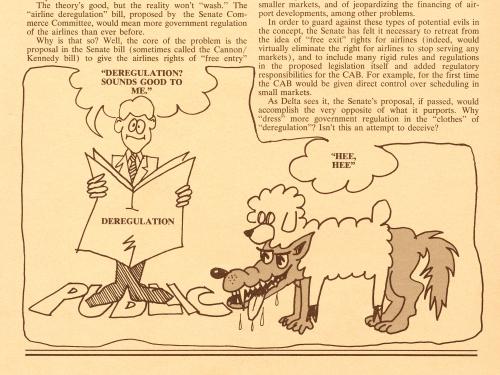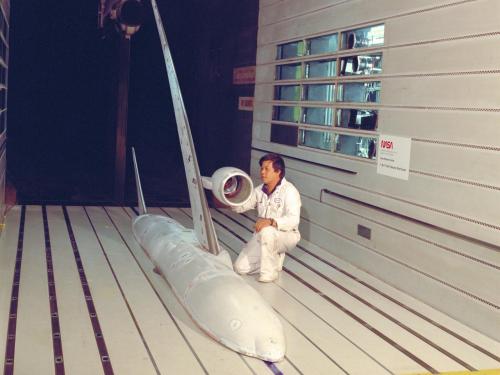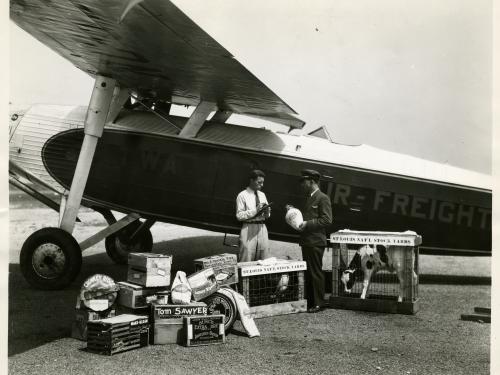Learn the history of commercial aviation in the United States from air mail to airlines.
Flying was new and daring in the early years of the 20th century. Traveling by airplane was rare. Airlines, airliners, airports, air routes—none of these existed. But by century's end, you could travel to almost anywhere in America by air in a matter of hours. How did this revolutionary change happen?
Explore Passenger Flight by Era
What happened during World War II?
During World War II, casual air travel virtually ceased in the United States. A tight priority list ensured that only those serving the war effort flew. Learn more about the role of commercial airlines during World War II below.
Dive Deeper into Passenger Flight
Explore the Evolution of Passenger Flight through the Museum's Collection
The Museum's collection holds a number of objects related to the history of commercial aviation—from boarding tickets to uniforms, full size aircraft and archival photos—together these objects tell the story of commercial aviation in the United States. Explore some of these objects below.


